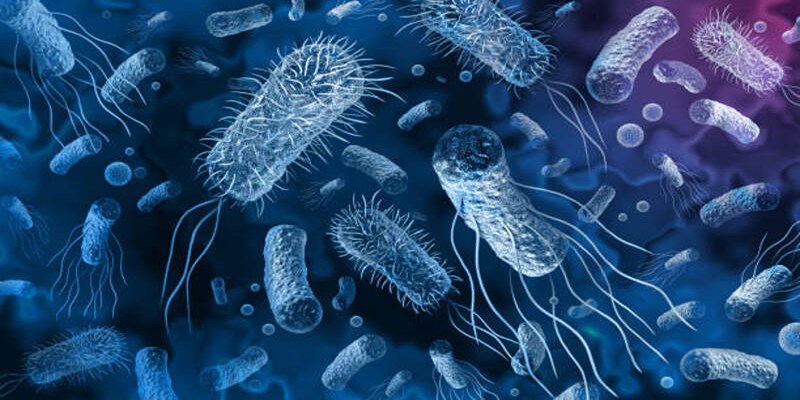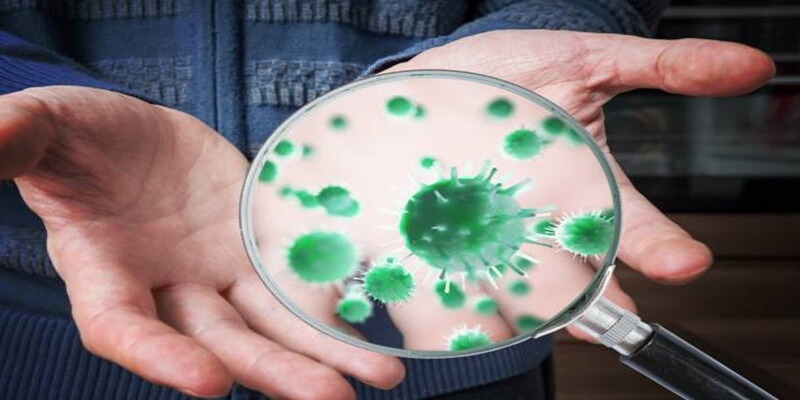What to Know About Pathogens: A Comprehensive Overview
Pathogens are tiny organisms that can cause diseases in humans, animals, and plants. These include bacteria, viruses, fungi, and parasites. Understanding pathogens is crucial because they have a significant impact on health and everyday life. They are capable of spreading from person to person through various means, including air, water, and direct contact. Some pathogens lead to minor illnesses like the common cold, while others can trigger severe diseases such as malaria or tuberculosis. By learning about how pathogens function and spread, individuals and communities can better protect themselves through preventive measures like vaccinations, proper hygiene, and sanitation practices. This guide aims to provide a basic understanding of pathogens, their types, and the measures we can take to reduce their harmful effects on our health and well-being.
What Are Pathogens?
Pathogens are microorganisms that cause harm to their hosts, which can be humans, animals, or plants. They exist all around us and can even live on or inside our bodies without causing illness. In fact, the human body is home to trillions of bacteria, viruses, fungi, and parasites known as the microbiome. While most of these microorganisms are harmless or even beneficial to our health, some can turn into pathogens and cause diseases under certain conditions.
Types of Pathogens

There are several types of pathogens that can pose a threat to human health. These include:
Bacteria
Bacteria are single-celled microorganisms that can live in various environments, including soil, water, and the human body. While some bacteria are essential for our survival and play a role in processes like digestion, others can cause diseases such as strep throat or food poisoning.
Viruses
Viruses are even smaller than bacteria and can only survive and reproduce inside a living host cell. They are responsible for numerous diseases, including the common cold, influenza, and so on.
Fungi
Fungi are multi-celled organisms that exist in various forms like molds, yeasts, and mushrooms. While some fungi have beneficial uses like producing antibiotics or in food production, others can cause diseases such as athlete's foot or ringworm.
Parasites
Parasites are organisms that live on or inside a host and feed off of it. They can be divided into ectoparasites, which live on the surface of the body, and endoparasites, which live inside the body. Some examples of parasitic diseases include malaria, lice infestations, and intestinal worms.
How Do Pathogens Spread?
Pathogens can spread from person to person through various means. These include:
- Direct contact: This includes physical contact such as touching, kissing, or sexual intercourse.
- Indirect contact: Pathogens can also spread through indirect contact with contaminated objects or surfaces like doorknobs, utensils, or clothing.
- Airborne transmission: Some pathogens can travel through the air and infect others through coughing, sneezing, or even talking.
- Water and foodborne transmission: Consuming contaminated water or food is another way that pathogens can enter our bodies.
Preventing Pathogen Spread
The best way to protect ourselves from harmful pathogens is by taking preventive measures. These include:
- Vaccinations: Immunizations are one of the most effective ways to prevent certain diseases caused by pathogens. They work by building immunity against specific pathogens, making it harder for them to cause an infection.
- Proper hygiene: Washing our hands frequently with soap and water is essential in preventing the spread of pathogens. We should also cover our mouths when coughing or sneezing and avoid sharing personal items like towels or utensils.
- Sanitation practices: Ensuring that our surroundings are clean, including regularly disinfecting high-touch surfaces, can help eliminate potential sources of pathogen transmission.
- Avoiding contact with sick individuals: If someone we know is ill, it's best to limit contact with them until they have fully recovered to prevent the spread of their illness.
The Immune System and Pathogen Defense

Our bodies have an incredible defense system called the immune system, which is responsible for identifying and fighting off pathogens. The immune system consists of white blood cells, antibodies, and other specialized cells that work together to protect us from infection. When a pathogen enters our body, our immune system responds by producing antibodies specific to that pathogen. These antibodies then bind to the pathogen, neutralizing it and preventing it from causing harm.
Boosting Our Immune System Against Pathogens
While our immune system is highly effective in protecting us against pathogens, there are steps we can take to boost its function. These include:
- Eating a balanced diet: Consuming a variety of fruits, vegetables, whole grains, and lean proteins can provide the necessary vitamins and minerals to support our immune system.
- Staying physically active: Regular exercise can help stimulate the immune system and improve its ability to fight off pathogens.
- Getting enough sleep: Adequate rest is crucial for a healthy immune system. Lack of sleep can weaken our body's defenses against pathogens.
Impact of Pathogens on Human Health
Pathogens can have a significant impact on human health, causing mild to severe illnesses and even death. In addition to physical effects, some pathogens can also lead to psychological consequences such as anxiety or fear of contracting an illness. The spread of infectious diseases caused by pathogens can also have a detrimental effect on communities, including economic losses and strain on healthcare systems.
Ongoing challenges in pathogen control
Despite advancements in medicine and technology, pathogens continue to pose a significant threat to global health. Some reasons for this ongoing challenge include:
- Emergence of new pathogens: As our environment and lifestyles change, new pathogens may emerge, making it difficult for us to develop immunity against them.
- Antimicrobial resistance: Overuse of antibiotics has led to the development of antimicrobial-resistant bacteria, making it harder to treat infections caused by these pathogens.
- Globalization and travel: With increased travel and interconnectedness, the spread of diseases caused by pathogens can occur on a global scale rapidly.
Conclusion
Pathogens are an ever-present threat that can cause harm to our health if not properly managed. With a better understanding of these disease-causing agents and how they spread, we can take the necessary steps to protect ourselves and our communities from their harmful effects. Through proper hygiene, vaccinations, and a strong immune system, we can reduce the impact of pathogens on human health and continue to work towards better methods of control and prevention. So, it is crucial to stay informed about current health issues, practice good hygiene habits, and seek medical attention when necessary to stay healthy and prevent the spread of pathogens. Let us all do our part in keeping ourselves and those around us safe from these microscopic but powerful organisms.












